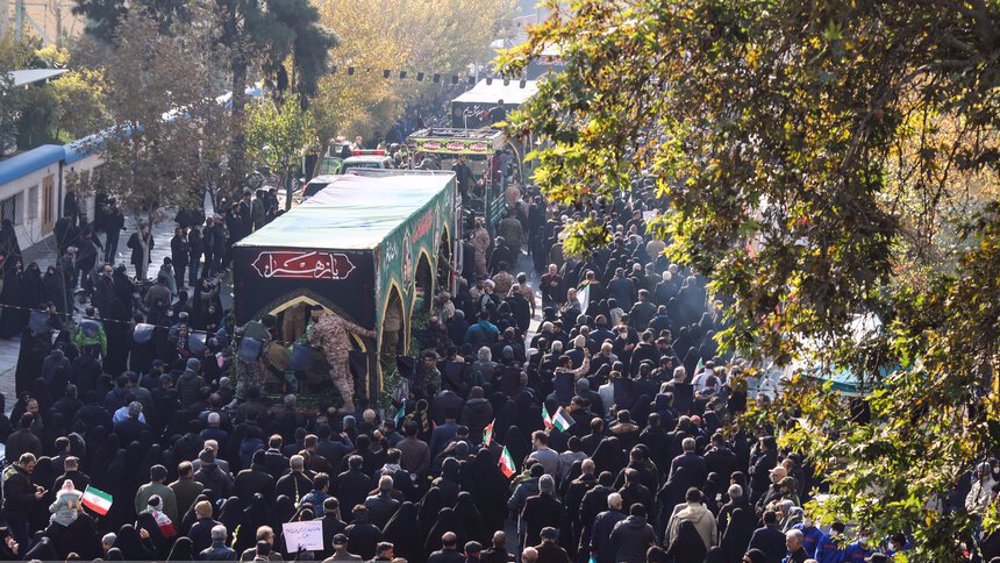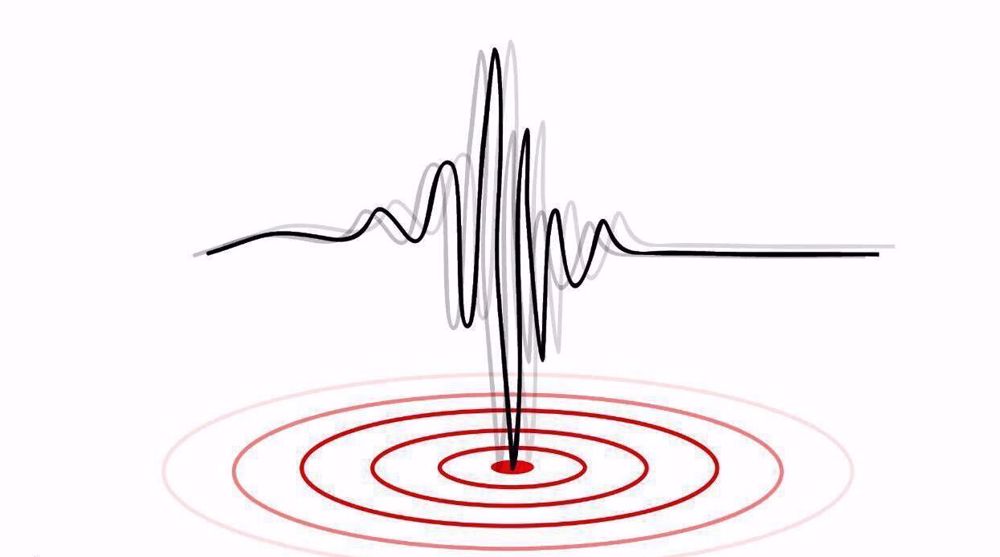Iran unveils indigenous drones for postal deliveries
Iran Post has unveiled drones to deliver packages, with tech-savvy Minister of Information and Communications Technology Mohammad Javad Azari Jahromi saying the unmanned vehicles have been designed and built by an Iranian company.
Azari Jahromi posted on his Twitter account the video of a drone delivering a parcel on the doorsteps of his office in Tehran during a test. The quadcopter, piloted by Iran Post staff, is seen taking off and landing vertically.
The drones, debuted on Thursday, enjoy such capabilities as centralized coordinated control, path finding and package delivery, the minister said.
"The service we unveiled today in the form of drones delivering packages is the product of an Iranian company. The UAVs (unmanned aerial vehicles) can take delivery of packages or deliver them... and be used for urban, Red Crescent and special relief services."
The minister said Iran Post and Red Crescent officials were even exploring the possible use of drones instead of helicopters to provide emergency relief aid to patients. "It is both faster and more cost effective," he said.
"We are inviting all knowledge-based companies that can design a product with these specifications to join us in this project, as we are now assessing how many UAVs Iran Post needs to provide this service," he added.
Officials say using drones might one day reduce air pollution and traffic in Tehran - the Iranian capital of more than 14 million, where heavy smog chokes the megacity during the winter.
After the test, Azari Jahromi said, officials from Turkey's national post and telegraph directorate had contacted their Iranian counterparts and shown interest in Iran's experimentation with drones for postal deliveries.
"The drone unveiled for postal delivery shows Iran's creativity in manufacturing unmanned aerial vehicles," he said.
The announcement by Azari Jahromi, who has a penchant for surprises, has certainly excited many, but there are many issues which have to be taken into account before drone delivery services become a reality.
Weight limits, distance limits, delivery paths and weather restrictions are some of the issues which have to be tackled.
To begin with, flight paths of the drones have to be licensed by the related bodies.
"For flight paths, we need to get the license and we will definitely get it in the future... Currently, we have obtained the technology for this service and getting licenses is not anything to hamper the operation of drones," Azari Jahromi said.
In January 2017, Iran’s anti-aircraft forces fired shots at a drone that had veered into the no-fly zone in the capital Tehran.
Central Tehran is a no-fly zone where government institutions are located. A commander in Iran’s air defense forces said at the time the drone was a quadcopter that left the area after the warning shots.
‘All wars have rules. All of those rules have been broken’ by Israel
VIDEO | Report flags India’s violation of rights of Rohingya detainees
Turkey's foreign minister meets Syria's de facto leader in Damascus
'Next to impossible' to rescue patients from Gaza's Kamal Adwan Hospital: Director
VIDEO | Vietnam current prosperity
Report blames gasoil exports for shortage at Iranian power plants
VIDEO | Hind Rajab Foundation names Israeli war criminals vacationing after Gaza genocide
VIDEO | Australians rally for Gaza ahead of Christmas festivities













 This makes it easy to access the Press TV website
This makes it easy to access the Press TV website